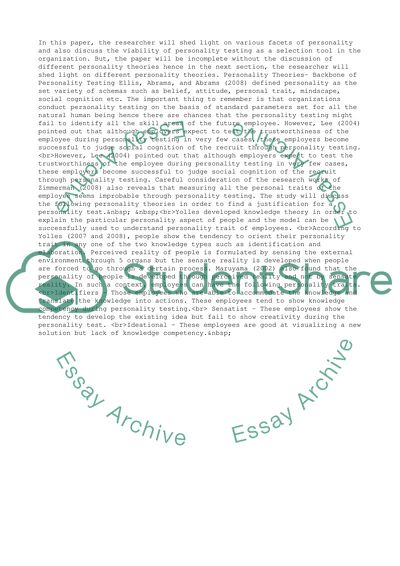Cite this document
(Personality Testing and Employee Selection Essay, n.d.)
Personality Testing and Employee Selection Essay. Retrieved from https://studentshare.org/management/1485287-organizational-behavior-and-analysis
Personality Testing and Employee Selection Essay. Retrieved from https://studentshare.org/management/1485287-organizational-behavior-and-analysis
(Personality Testing and Employee Selection Essay)
Personality Testing and Employee Selection Essay. https://studentshare.org/management/1485287-organizational-behavior-and-analysis.
Personality Testing and Employee Selection Essay. https://studentshare.org/management/1485287-organizational-behavior-and-analysis.
“Personality Testing and Employee Selection Essay”, n.d. https://studentshare.org/management/1485287-organizational-behavior-and-analysis.


